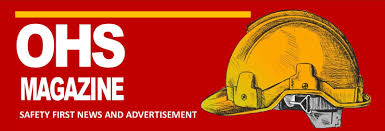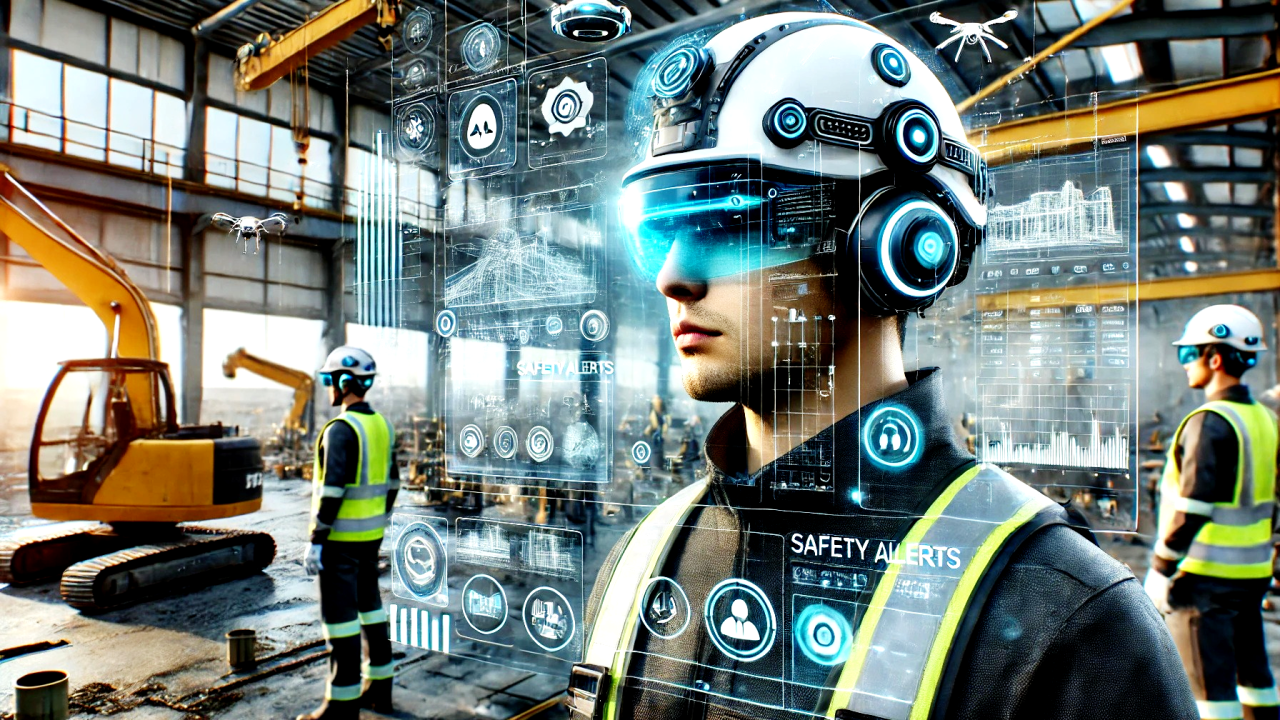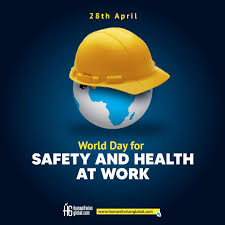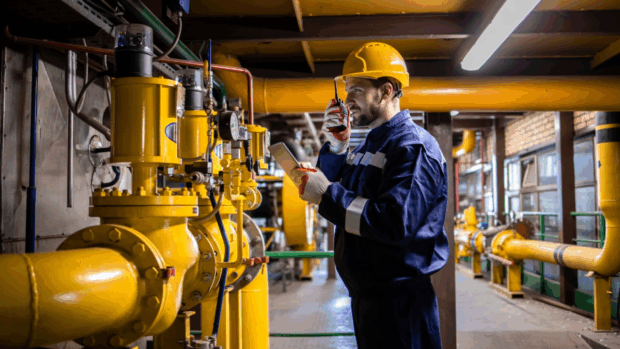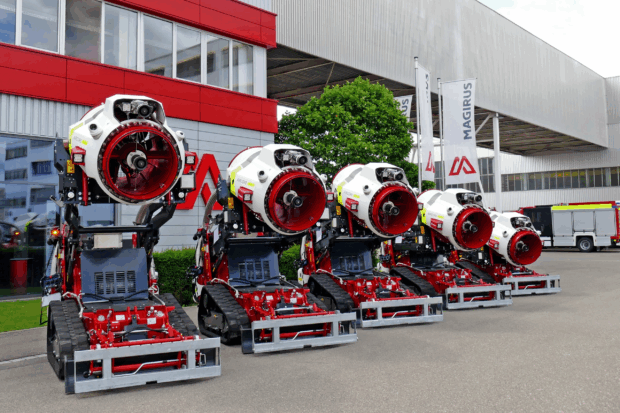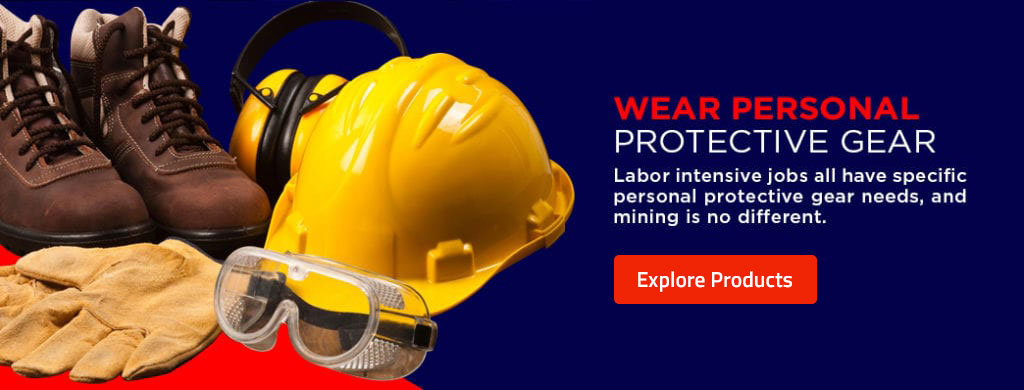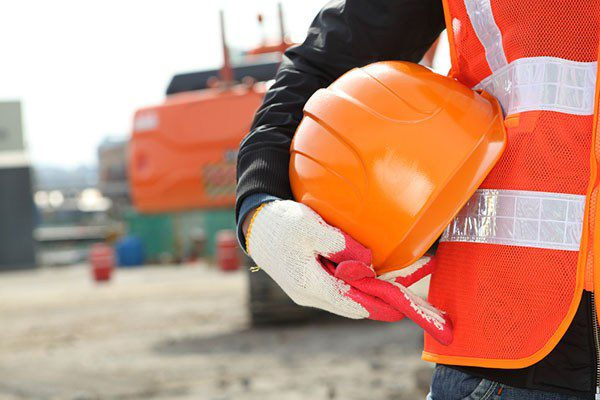The Future of Workplace Safety
Executive Summary
The landscape of occupational health and safety (OHS) is evolving rapidly, driven by technological advancements, shifting workplace dynamics, and a heightened focus on employee well-being. In 2024, organizations must adapt to emerging trends and innovations to mitigate risks, enhance productivity, and foster a culture of safety. This white paper explores key developments shaping the future of workplace safety, including cutting-edge technologies, evolving regulatory landscapes, and best practices for building resilient safety systems.
Introduction
Workplace safety has traditionally been focused on preventing physical injuries through policies, training, and protective equipment. However, the scope of OHS is expanding to address a broader range of risks, including mental health challenges, digital security, and environmental sustainability. These changes reflect a growing recognition of the interconnected nature of workplace risks and the value of proactive, holistic approaches to safety.
Emerging Trends in Workplace Safety
1. Technological Advancements
a. Artificial Intelligence (AI) and Predictive Analytics
AI is transforming how organizations approach risk assessment and incident prevention. Predictive analytics powered by AI enables companies to identify high-risk scenarios before they result in incidents, allowing for timely interventions.
- Applications: Hazard identification, equipment failure prediction, and behavioral analysis.
- Example: AI-powered systems that monitor worker fatigue based on patterns in task performance.
b. Internet of Things (IoT)
IoT devices are creating interconnected safety ecosystems within workplaces. These devices collect real-time data, offering insights into environmental conditions and worker health.
- Applications: Wearable sensors that monitor air quality, noise levels, and worker vitals.
- Example: Smart helmets with built-in sensors to detect impact or dangerous gases.
c. Virtual Reality (VR) and Augmented Reality (AR) for Training
Immersive training tools like VR and AR provide realistic scenarios for workers to practice emergency responses and safe operations without real-world risks.
- Applications: Simulations for confined space entry, machinery operation, and emergency evacuation.
- Example: A VR-based fire drill that mimics the complexities of an actual fire scenario.
2. Focus on Mental Health and Well-Being
Employers are recognizing that mental health is a critical component of overall workplace safety. Initiatives aimed at reducing stress, preventing burnout, and supporting mental health are becoming integral to safety programs.
- Best Practices: Providing access to counseling services, implementing flexible work arrangements, and training managers to recognize mental health concerns.
- Trend: Mental health first aid training for employees.
3. Hybrid Work Safety Challenges
As hybrid work becomes the norm, ensuring safety in remote and in-office environments is a growing concern.
- Ergonomic Solutions: Promoting proper workstation setups for remote workers.
- Digital Security: Protecting sensitive company data in hybrid environments.
4. Sustainability and Safety Integration
Sustainable practices are being integrated into OHS strategies, addressing the environmental impact of workplace activities while ensuring worker safety.
- Examples: Safe disposal of hazardous materials and adoption of energy-efficient processes.
- Impact: Reducing workplace hazards related to environmental factors, such as extreme weather events.
Innovations Transforming OHS Practices
1. Automation in Hazard Management
Robotic systems and automation are being utilized to manage high-risk tasks, reducing worker exposure to dangerous environments.
- Example: Robots used for inspecting confined spaces or handling hazardous substances.
2. Comprehensive Data Integration
Organizations are leveraging data analytics platforms to integrate information from various sources—incident reports, IoT devices, and employee feedback—to identify trends and improve safety protocols.
3. Blockchain for Compliance Tracking
Blockchain technology offers a secure and transparent way to track compliance with safety regulations, ensuring accountability and accuracy.
- Application: Verifying certifications and maintaining audit trails.
Evolving Regulatory Landscapes
Regulations governing workplace safety are adapting to new challenges, particularly in areas like remote work and the use of emerging technologies. Organizations must stay informed about changes to ensure compliance and avoid penalties.
- Trend: Introduction of regulations addressing the safe use of AI and IoT in workplaces.
- Actionable Steps: Regular audits, employee training on new regulations, and collaboration with regulatory bodies.
Building a Resilient Safety Culture
Creating a culture of safety requires more than implementing policies; it demands active engagement from leadership and employees alike.
- Leadership Commitment: Leaders must model safe behavior and prioritize OHS in decision-making.
- Employee Involvement: Encouraging workers to participate in safety committees and share feedback on safety practices.
- Continuous Improvement: Regularly reviewing and updating safety protocols to reflect new risks and innovations.
Conclusion
The future of workplace safety is marked by unprecedented opportunities to leverage technology, address holistic well-being, and build resilient systems. By embracing these trends and innovations, organizations can not only prevent incidents but also foster environments where employees thrive. The integration of advanced tools, proactive strategies, and a commitment to continuous improvement will define success in OHS for 2024 and beyond.
Call to Action
Stay ahead of the curve by subscribing to OHS Magazine’s newsletter for the latest insights and resources on workplace safety. Together, we can shape safer and more sustainable workplaces for the future.
